General Landscape Uses: An attractive small specimen tree for coastal locations. Also useful in buffer plantings.
Ecological Restoration Notes: An occasional element of coastal hammocks, especially along the edges.
Description: Slender small tree or large shrub with a rounded crown comprising a few slim branches. Trunks slender, 3-5 inches in diameter or sometimes more. Leaves shiny, thin to leathery, 3-5 foliate, 1-3 inches long; aromatic when crushed. Bark pale gray brown, thin and smooth, roughened by small patches of exfoliating bark.
Dimensions: Typically 10-15 feet in height; to 22 feet in South Florida
Growth Rate: Very slow to slow.
Range: Monroe County Keys north along the east coast to Flagler County; West Indies, Mexico and Central America.
Habitats: Coastal hammocks and thickets.
Soils: Moist, well-drained sandy or limestone soils, with humusy top layer.
Nutritional Requirements: Moderate to high; grows best with some organic content and may languish in nutrient poor soils.
Salt Water Tolerance: Low; does not tolerate long-term flooding by salt or brackish water.
Salt Wind Tolerance: Moderate; grows near salt water, but is protected from direct salt spray by other vegetation.
Drought Tolerance: Moderate; generally requires moist soils, but tolerant of short periods of drought once established.
Light Requirements: Full sun to light shade.
Flower Color: Whitish.
Flower Characteristics: Semi-showy; tiny on branched clusters.
Flowering Season: All year; peak spring-fall.
Fruit: Purplish to black drupe, 1/4″ in diameter. Aromatic. Edible, with an agreeable flavor. The seeds are solitary, pale brown.
Wildlife and Ecology: Provides significant food and moderate amounts of cover for wildlife. Larval host plant for giant swallowtail (Papilio cresphontes), Schaus’ swallowtail (Papilio aristodemus ponceanus) and other butterflies. Flowers attracts a wide variety of pollinators. The fruit is eaten by birds and small mammals.
Horticultural Notes: Can be grown from seed, although with some difficulty.
Comments: The mature wood is hard, close-grained, and light orange colored. The green wood has been used to make torches. The twigs are burned as incense.

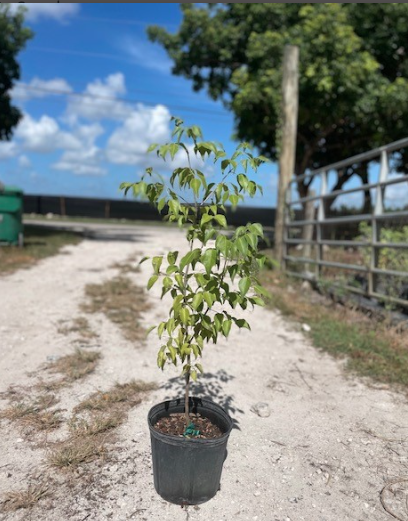

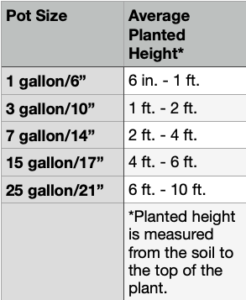
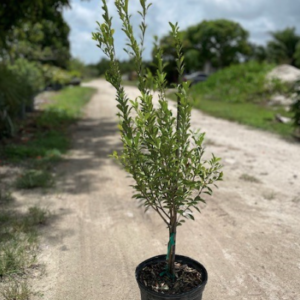
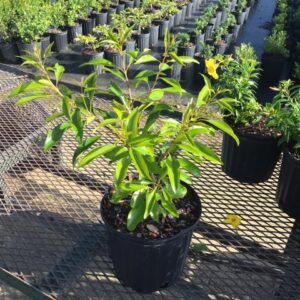
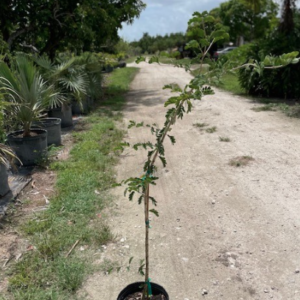
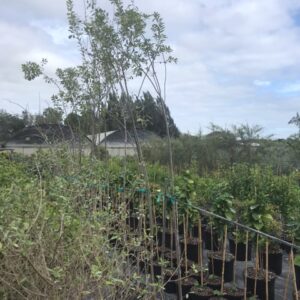
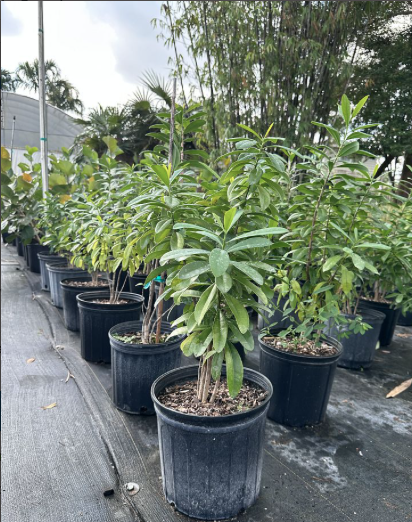
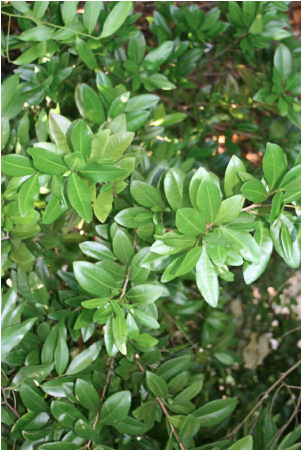
Wendy C. –
Smarty Plants Nursery delivered this hard to find native right to my door.